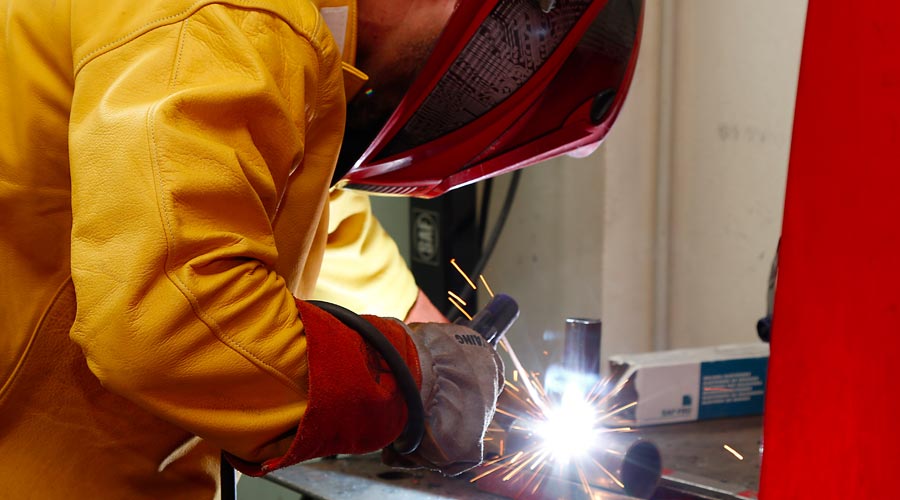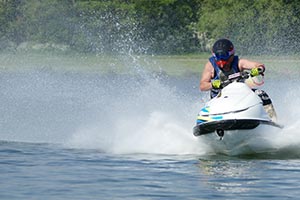What is
Welder Certification?
In order to accredit that the person seeking certification complies with these requirements, the certifier (in this case, Eurocontrol) carries out a practical test based on the application of different standards or codes, depending on the welding process in which he/she is being certified. The test consists of the execution of a weld under the supervision of our expert personnel.
Reference standards for certification
How is
the certification process?


The certification of welders does not require any prerequisites for access to the Certification process, which will consist of a practical examination, where a specific weld (test coupon) is performed, depending on the welding process in which it is certified.
The standard or test code will determine the corresponding test coupon.
The certification process consists of the following phases:
- Application for certification: the applicant person or entity initiates the process by submitting the ‘Application for certification/recertification’ Form.
Based on the information provided by the applicant and the attached documentation, we will proceed to its analysis and confirm the acceptance or not of the candidate to the certification process.- An application may be rejected for any of the following reasons:
- Incomplete information
- Failure to attach the requested documents
- Failure to meet the requirements of the certification scheme
- The information provided cannot be verified
- Assessment/examination: The designated process manager assesses the competence of the candidate according to the standard or certification code of the welding process applied for. Therefore, the examination can only take place in the presence of the examiner and after confirming the identity of the candidates.
The examiner shall perform the visual analysis according to the reference standard or code and validate this information. If the result of the visual examination is satisfactory, the examiner shall send the test pieces to the destructive or non-destructive testing laboratory or supervise the destructive tests carried out expeditiously in a workshop environment.
Place of examination
The certification examination will be held on the client's premises provided that adequate conditions of lighting, temperature, noise, smoke extraction, physical separation between candidates, necessary material, PPE, etc. are met. The client will make the measuring equipment used available, if required by the examiner. This equipment must be duly calibrated and the calibration test must be available to the examiner for verification. The Client must ensure Health and Safety conditions at Work during the execution of the certification process. The Candidate must use the appropriate personal protective equipment for the certification, such as suitable clothing, safety footwear, protective mask, gloves, etc. Eurocontrol guarantees access to certification for people with special needs, adapting its methodology to the particular situation allowed by the selected certification scheme.
Complaints
Complaints or Grievances
Do you wish to consult the information on the complaints process?
Certification Fees
Information on
certificates in force
If you wish to know the validity and validity of a granted certificate, you can consult it by sending an e-mail to dd.serviciosintegrados@eurocontrol.es or by filling in our contact form.
If you need more information about the certification scheme, the rights and duties of the applicant, etc., you can request it by sending an e-mail to dd.serviciosintegrados@eurocontrol.es or by using our contact form.
Discover our other
related services
Why choose Eurocontrol?

a team of experts at your disposal

Geographical coverage nationwide





